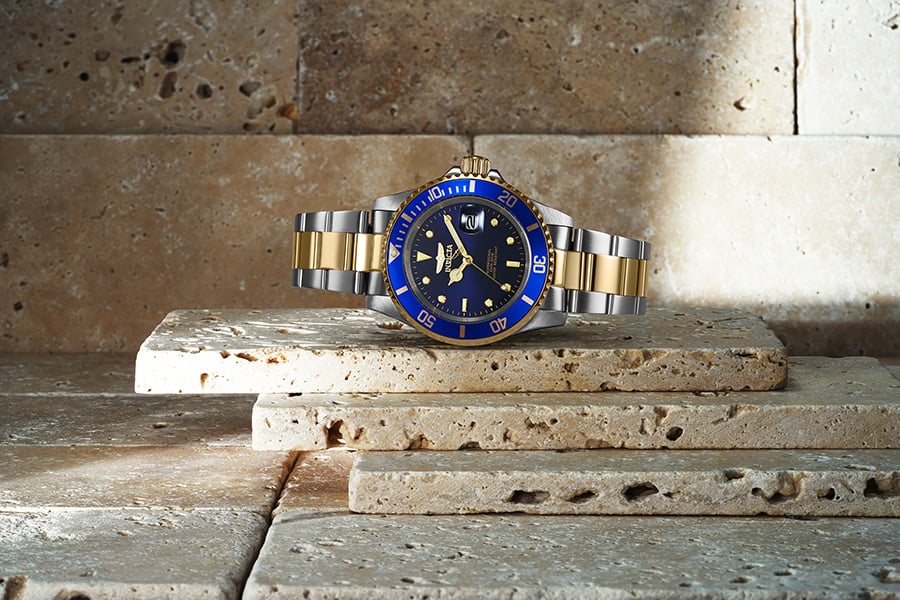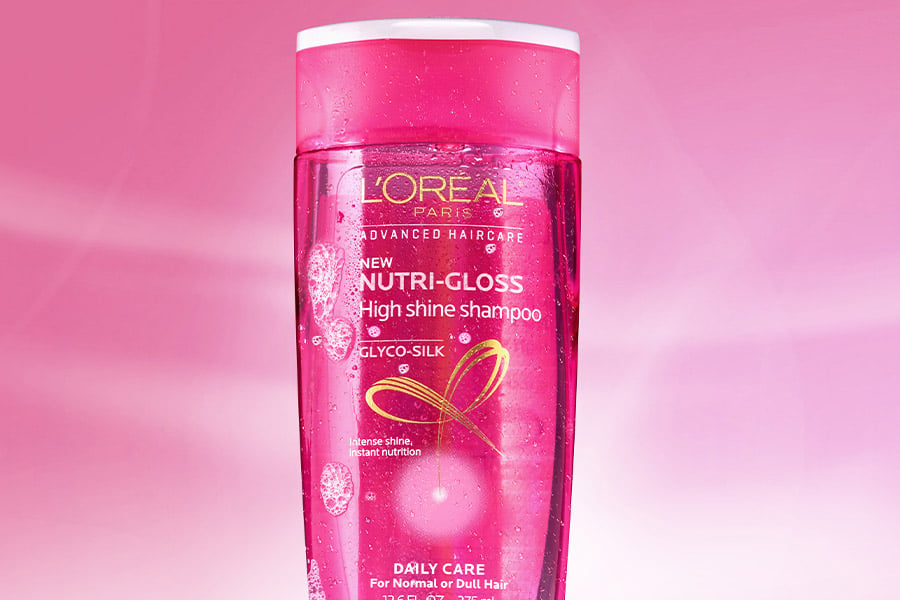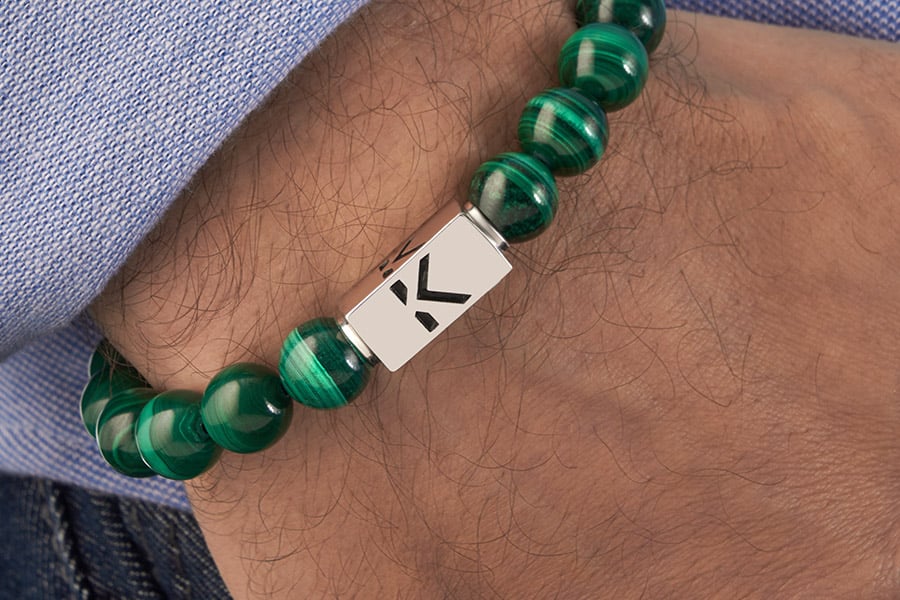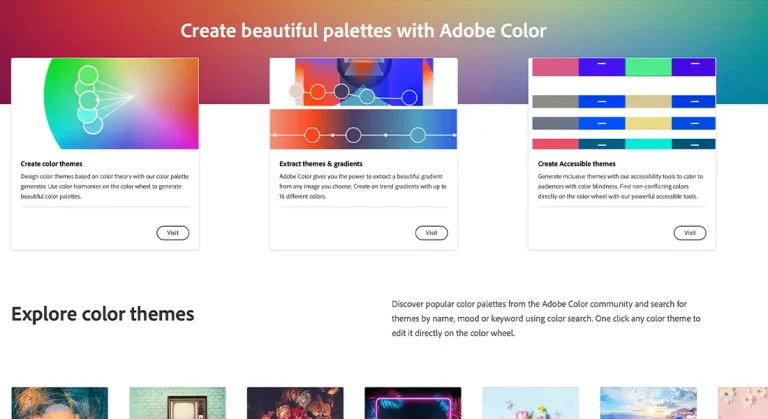
Styling is something all photographers, no matter what genre, have to learn. For some, styling a shoot comes easy; however, others may find it difficult. Having an eye for “the artistic” help, but what happens when you are new to product photography?
On this page, we are going to take a look at the best props for product photography and ideas on how you can make the most out of your product photography.
All you need to know in one place 📷
Buying With Your Eyes
It is true. No matter how good and compelling your photographs are, online customers still buy with their eyes. When they like a look of a product, for instance a watch, they make a buying decision based on the photograph.
So, how can you use styling tips to help to improve your watch photography and make that watch look like it is worth buying?
At the end of the day, it is a matter of bringing your product photography to life using lighting and styling techniques.
Understanding The Brand
When you are working with a brand, it is important to understand the brand concept. There are brands out there that have very strict and demanding brand requirements.
A good example would be color. They may have their own dedicated brand colors they would like you to use. If you are photographing skincare and beauty products, a brand may ask you to include a specific flower or plant in the photo.
The flower is an indication of what the product is made from and is meant to convey a message that it is a natural active ingredient. When it comes to props for product photography for beauty brands, you will often be asked to use natural objects.
In the brief, try to get as much information as possible from your client. It helps if you are familiar with the competition and the brand’s target audience.
Planning Your Shoot

Never just jump into a shoot. Jumping straight into a product shoot is one of the worst things that you can do as a photographer.
Once you are on site or in your studio, you don’t want to be caught short without any props for product photography if you photograph other genres as well.
Many photographers put together styling boards or make simple initial drawings of how they would like the composition to look.
Don’t worry, they don’t have to be complicated sketches. If you can draw, simply make a simple sketch and indicate in words where you would like the props to go. It would be fair to say you need to see the shoot in your mind’s eye before you set it up in a studio.
Working in this way saves a lot of time. You are fully prepared for everything that you will need to complete the shoot professionally.
Another good idea is to make a list of everything that you will need. Keep it with you at all times so that you can refer to it quickly. Your list can include anything from the best camera lens for this particular shoot to the smallest props you are planning on using.
The Perfect Color Scheme
It is not only props for product photography that plays a huge role. Working with color is something else you should do your best to master.
We have already touched on the importance of color, but it is a good idea to go into it in more detail.
First of all, think about the overall mood that you would like to achieve. This is important when it comes to everything from beverage photography to selling clothing apparel.
Do you want to make a bold statement? Many clothing companies like to make bold statements about their product lines. If your client is selling a cocktail dress for a night out, you don’t really want to photograph the dress in a daytime setting.
You need to set the scene and create a nighttime feel. That is done with the right lighting and the right props.
Stop and think about it, and you will soon realize that a cocktail dress will sell better when your live model has a drink in her hand.
What if you are selling an expensive beverage such as Champagne or vintage wine? When you are aiming for the drinks market, you may also want to use a live model. Make sure that she wears a nice dress and holds a drink in her hand.
She needs to smile. That tells your target audience that she is both having fun and enjoying her drink.
As we have already mentioned, don’t forget that certain brands are often associated with a particular color palette.
Working with color means you can go either way. You can go for colors that compliment the product or bright splashy colors that provide contrast.
Play around with a few ideas and find out what works for the product.
Cohesiveness Matters
What does cohesion matter in product photography? Cohesion is not only about the props for product photography.
All of the props, and colors, you use should relate to and belong in the photo. In other words, they should have a reason for being there.
When you are photographing an aftershave or men’s scent that has a woody scent, you may want to shoot it in a forest setting or introduce wood related items such as leaves and pine cones. Once again, the best props for product photography are natural ones.
You also need to make sure that the photograph comes together size-wise. The props that you are using should not be larger and overwhelm the product itself.
The props or partner elements you choose should add to the story of the product that you are photographing. Is that old cliché again – every photograph tells a story.
How Do I Source My Props For Product Photography?
Most product photographers build up their own inventory of products over time. You will find that photographers often have cupboards of different props that they have collected over the years.
Of course, it all depends on the products that you are photographing. More than anything, it is important that the props you use to provide context to the object.
Props send visual messages all of the time. Let’s go back to that skincare or perfume shoot for a moment. When the scent or shower cream contains vanilla, it is a good idea to indicate it with a vanilla flower or even vanilla sticks.
You may even find that the brand you are working for use certain indicators on their label.
Why not back up the contextual items you see on the label with your props?
That way, you are adding value to the brand and helping them to tell their brand’s story.
As far as the physical sourcing of products props go, you can pick up props almost anywhere including the grocery store and when you are out for a walk with the family in the park. Never underestimate the importance of a beautiful seashell when you come across one on the beach.
Context is important when it comes to food photography. When you are photographing Italian pasta, you may just want to put a bottle of olive oil next to it.
Think about color, shape, size, and structure. A bottle of Japanese sake will look great when photographed next to a branch of flowering cherry. The audience will make an instant connection and think about Japan more or less straight away.
Scale Matters
Does scale matter? The simple answer to that is yes.
The last thing you want is for the props to overwhelm the product or object that you are photographing.
Artists know that props for product photography objects have a tendency to look larger on a canvas. The same thing happens when you take a product photograph or use other forms of still life photography.
Scaling is something that you have to learn to work with when it comes to placement. Don’t start photographing until you are completely happy.
Take your time and find the best place to place objects. This is important when it comes to color as well as distance. How close do you put on a prop to make sure that prop does not overwhelm the object itself but still has meaning?
To many artists, this is an art form in itself. Take some time out and study paintings or drawings. Swedish artist Karl Larsson was the master of storytelling and scale.
Take a look at his paintings in detail, and you will soon realize that they have a lot of objects in them. What is so amazing about his paintings is that the objects all emphasize one another? They stand out on their own yet bring the painting together.
Karl Larsson painted everything in perfect scale. You can learn how to do the same thing when you take a product photograph with props for product photography.
Something that is too big will both dwarf the product itself as well as the story that you are trying to tell.
When you set the shoot up, stand back and look at the way your eyes are being directed. Are your eyes drawn to the props or the product?
If your eyes are drawn to the props instead of the product, they are either too big or do not compliment the product in the way they have been placed.
Even if you are not using live models for your shoot, you are still setting a scene. Try to keep that in mind as you arrange your props.
Does The Background Matter?

The background in photography matters just as much as the foreground or any props that you place to the sides of the product.
The first thing you should do is to think about the purpose of the photograph. Is this a hero product shot?
If it is, you want to be extra careful when you pick a background color or effect. White is a color for hero shots.
But, not only do you want to think about color. On top of color, you should also bear in mind texture.
All textures photograph differently. When it comes to texture, studio lighting and texture go hand in hand.
Marble, stone, and rock can easily end up looking completely washed out when you don’t use studio lighting correctly.
Props for product photography can be expensive, but when it comes to background props, you can get away with cheaper alternatives. Consider using craft paper, fabric and maybe wallpaper. All of these can be thought of as props for product photography.
Alternatively, you can paint wood to create the background effect that you are looking for. Just remember that gloss and matte paints both behave differently under studio lighting conditions.
Showcase The Product

Ultimately, this is about showcasing the product.
When you are setting up as a product photographer, it is easy to let concerns such as lighting and props overwhelm you.
Product photography is really about creating a pleasing image that attracts buyers to a product. You should always let the product that you are photographing take center stage. That is not easy to do when you are playing around with props for product photography, colors, and lighting conditions.
The way you physically style a product adds value when you do it is done in the right way.
The first thing you want to think about is if you should photograph the product indoors or outdoors. When you are photographing outdoor hiking gear, you should think about photographing in a more natural environment. Studio photos of things such as camping equipment and fishing gear will look better when photographed outside. You can take the opportunity to tell a story at the same time.
Settings can be considered as props for product photography.
Smaller objects including perfumes, drinks, and skincare are better photographed under studio conditions. When it comes to smaller objects, controlling the lighting conditions is very important.
If you get an assignment for photographing weight lifting or gym gear, it is a good idea to photograph in an active setting.
What does that mean? That means you want to see if you can find a friendly gym that you can use. Secondly, you should consider bringing in live models and photographing them using the equipment.
Once again, considering your target audience is very important. If the equipment is geared towards a female audience, you need to use female live models. When the equipment is geared towards men, you need to find a male model that you can work with on product shoots.
The same principle goes for products such as health shakes and supplements. You should consider using live models to interact with the products. Your models could be making a shake or perhaps opening a bottle of supplements. These kinds of “live” images sell health-related products very well.
Showing interaction makes for a much more dynamic shot.
You can also use this idea when photographing medical equipment. When you are photographing a stethoscope, you should showcase the product by showing someone using it. They can be listening to someone’s heart or even just posing with the stethoscope around their neck.
It is worth pointing out that veterinary equipment is becoming increasingly mobile, x-ray equipment in particular. When you get an assignment to photograph anything to do with animals or pets, do your best to include the animal in the photograph.
What About Composition and Balance?
Everything that we have been talking about on this page leads up to composition and balance.
The truth is that photography is nothing with these two crucial elements.
What you need to remember is that on this occasion, composition and balance are about the product. Your finished product photograph should be a homage to the product in the image.
Before you take the photograph, make sure that everything belongs in the image and that you have achieved the right balance.
The best way to do that is to take a few test shots. Before you go ahead and take more photographs, review the images that you have already taken.
Do they look good and are they selling the product? You may even want to take the extra time and look at them in some kind of post-production software such as Adobe. Once you upload photos to Adobe, it is much easier to identify problem areas.
Yes, you can fix some problems in post-production. However, it is much better to work with good quality images in the first place. That is going to save you a lot of time in post-production.
But, you should check your images out before you start shooting. You don’t want to end up starting over again once you have finished just because a prop looks out of place or the background color is not right.
In Conclusion
Of course, a lot of this will come naturally with experience. But, when you are starting out, it is good to have a few pointers in the right direction. After all, the best props for product photography can surprise even the most experienced photographers.
if you’re looking to increase your online conversion but still feel you are not sure where to start – check out these resources below:








5 thoughts on “10 Tips For Styling Product Photography Using Props”
That’s very good point
Styling is always considered to be the most photogenic part of fashion for any individual. As me and my husband run a studio, we always recommend to our clients 5 fashion accessories they should wear during wedding photo shoots. We also recommend models for modeling photo shoots. I found that international shopping apps provided us with the best quality products for you to choose from, such as the app ubuy ( international shopping app) provided a category for this type of product here: As you writing a great article which describe the information as like a pro stylish tipper thanks for sharing this great article with us
Itís hard to come by knowledgeable people on this subject, however, you seem like you know what youíre talking about! Thanks
Your tips and tricks for getting the best shots are so helpful. I’ve put many of them into practice and seen a huge improvement in my own photography.
Your style is so unique in comparison to other people I’ve read stuff from. Many thanks for posting when you have the opportunity.